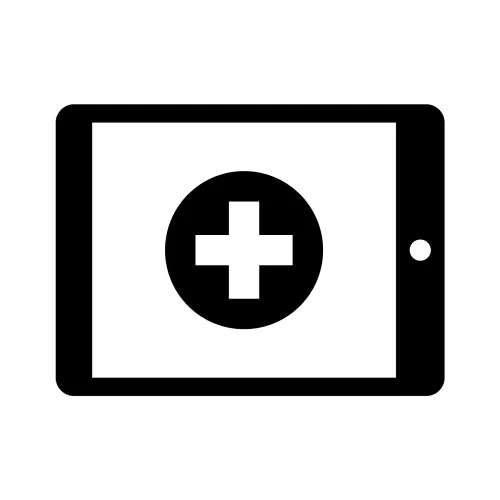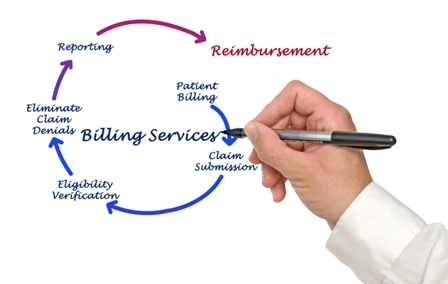Prepare Now for Changes to Conversion Factor, Base Units in 2018

Plus: Don't miss one difference between CMS and RVG values. Updates to the anesthesia conversion factor and base unit values for some of your more common procedures are set to go into effect on Jan. 1, 2018. Good ACF news: The 2018 Medicare National Anesthesia Conversion Factor (ACF) will increase from $22.0454 in 2017 to $22.1887 in 2018. Remember, however, that you won't automatically apply that ACF when calculating your claims. ACFs can vary by state and/or geographic location because of local economic and practice expense factors. You'll use the specific ACF for your geographic area, reminds Kelly D. Dennis, MBA, ACS-AN, CANPC, CHCA, CPC, CPC-I, owner of Perfect Office Solutions in Leesburg, Fla. For example, Indiana practices will use an ACF of $20.53. The national Medicare conversion factor (CF) also applies to anesthesia practices if providers offer pain management injections or similar services. Payers usually reimburse these services based on the overall Medicare CF since they're considered surgical procedures instead of anesthesia services. The national Medicare CF will also increase for 2018, changing from $22.0454 to $22.1887. Take Note of Base Values for New Codes Two anesthesia codes that have been mainstays of GI procedure reporting will be deleted on Jan. 1, 2018, and replaced by five new codes that more accurately describe the services. The deleted codes, 00740 (Anesthesia for upper gastrointestinal endoscopic procedures, endoscope introduced proximal to duodenum) and 00810 (Anesthesia for lower intestinal endoscopic procedures, endoscope introduced distal to duodenum), both had base values of 5. The new codes will have base values ranging from 3 to 6, as follows: Take note: The CMS and ASA RVG values for code 00812 are different. According to a statement by ASA president James Grant, MD, "Differing values in the RVG and CMS are not common, but when ASA strongly disagrees and has survey data to support our position, ASA will be transparent and make the appropriate notations to RVG." The news alert on the ASA website also stated that, "CMS decreased the base units for screening colonoscopy to three base units (00812). ASA strongly disagrees with this decision. Our member survey data supports four units, and our Relative Value Guide (RVG) will reflect four units." Brace for Drops in Catheter RVUs In 2017, CMS flagged 36556 (Insertion of non-tunneled centrally inserted central venous catheter; age 5 years or older) as a potentially misvalued code because of its high usage and related expenditures. That led to further review of 36556 and three other procedures that are part of the same code family: 36555 (Insertion of non-tunneled centrally inserted central venous catheter; younger than 5 years of age), 36620 (Arterial catheterization or cannulation for sampling, monitoring or transfusion [separate procedure]; percutaneous), and 93503 (Insertion and placement of flow directed catheter [e.g., Swan-Ganz] for monitoring purposes). The CMS review is complete, with RVUs for all four codes being reduced based on recommendations of the RVU Update Committee (RUC). The changes range from 13 to 31 percent decreases in RVUs for 2018: Example: The CMS payment for 36556 was approximately $125.00 in 2017 and will be $102.00 in 2018, a decrease of 19 percent. (Calculation based on the sum of the work value, practice expense value and malpractice insurance value multiplied by the conversion factor.) Remember: In most situations, you can code for these line placements in addition to what you report for the provider's anesthesia service. Although the RVUs are dropping for 2018, you'll still want to take advantage of any reporting opportunities. Don't Be Surprised by PQRS Hits The MACRA Quality Payment Program Merit-based Incentive Payment System (MIPS) has replaced the PQRS and Value Modifier programs, but some effects from the old programs can still linger. For example, physicians might still feel the impact of PQRS/Value Modifier penalties in 2018 because of their reporting in 2016. Data for that final reporting year had to be submitted by March 2017, so physicians can no longer adjust their submissions. Silver lining: CMS is finalizing its proposals to modify performance guidelines to better align the new MIPS guidelines with past programs. Specifically, CMS is changing the current PQRS program policy that requires reporting 9 measures across 3 National Quality Strategy domains to require only 6 measures. Likewise, CMS is finalizing the following changes for the Value Modifier:




